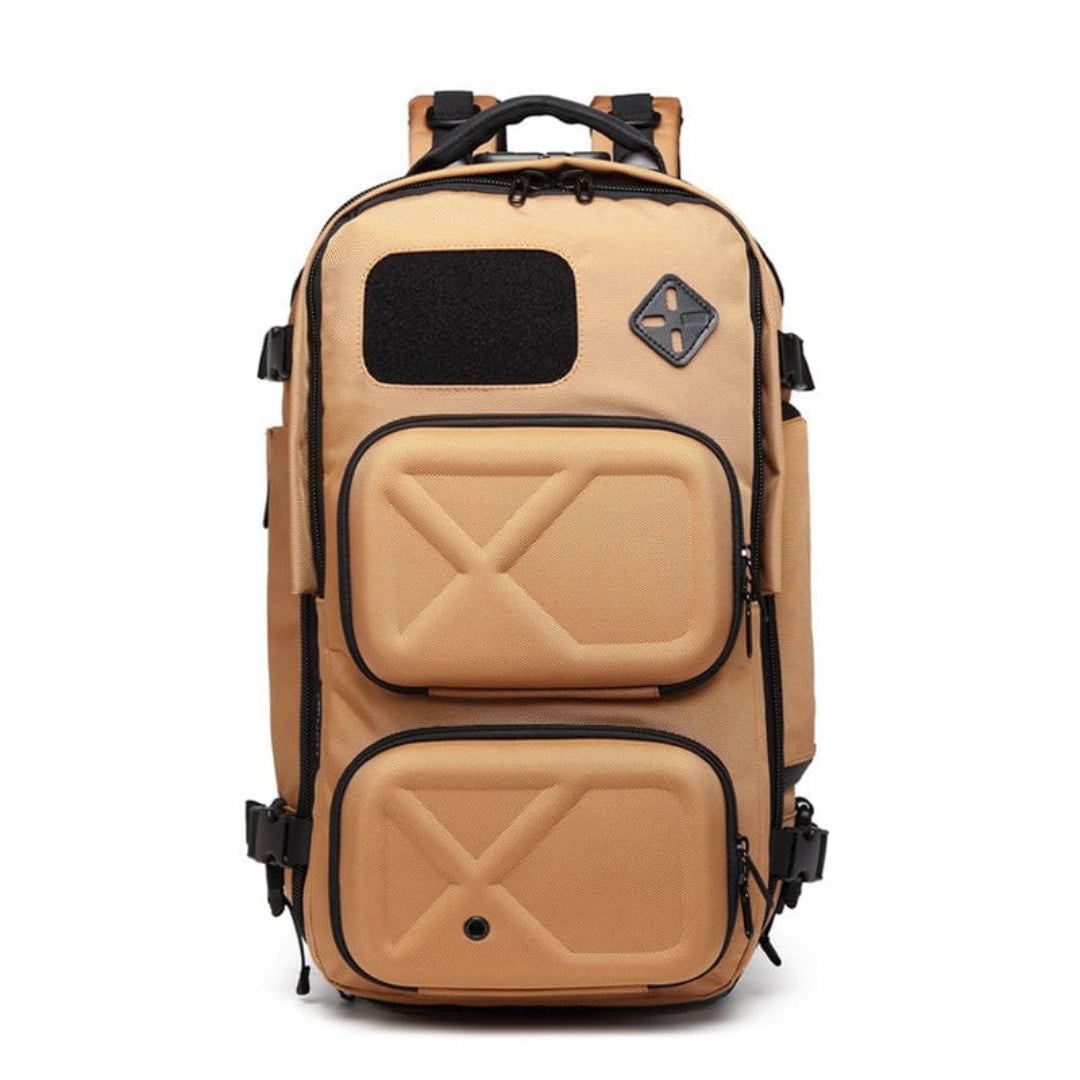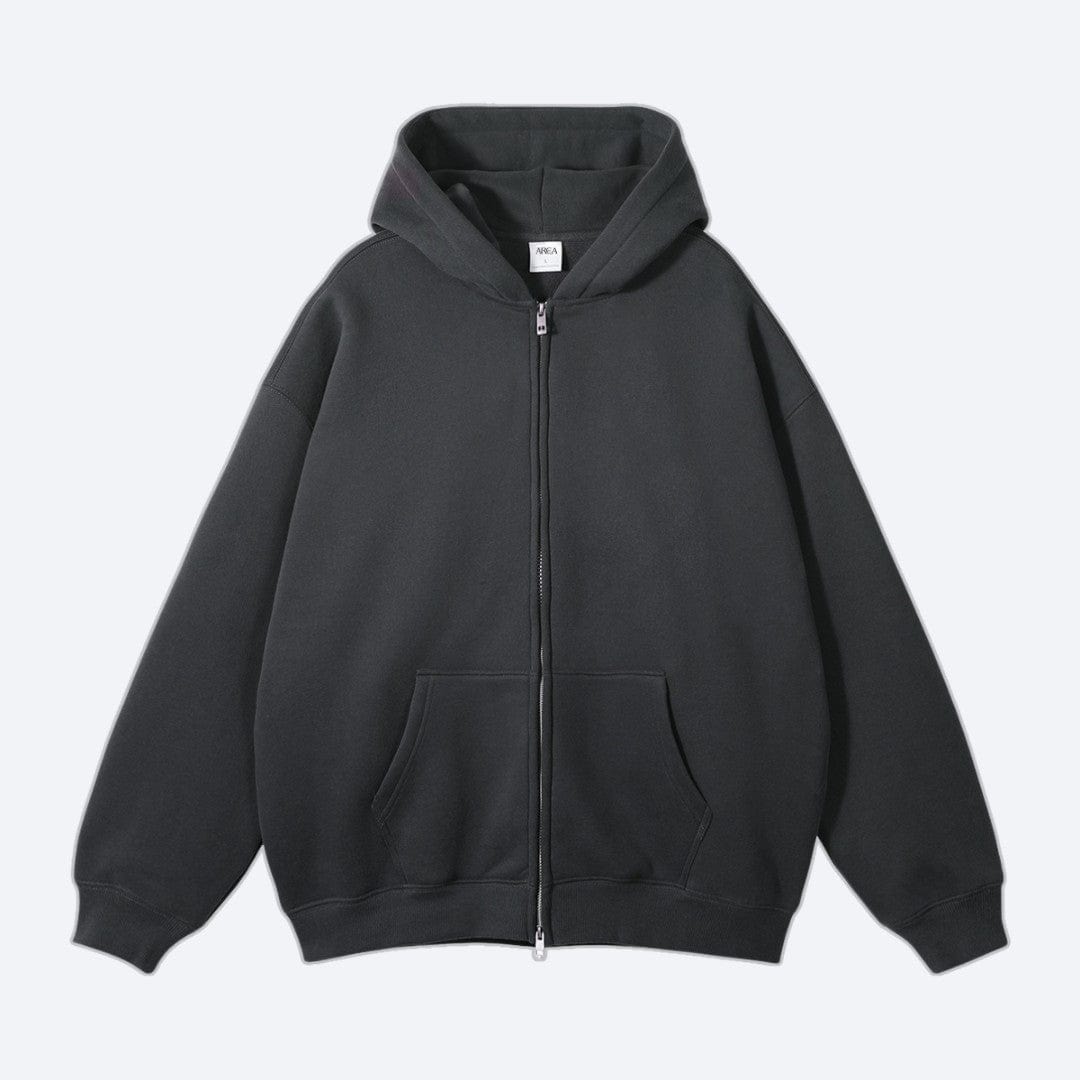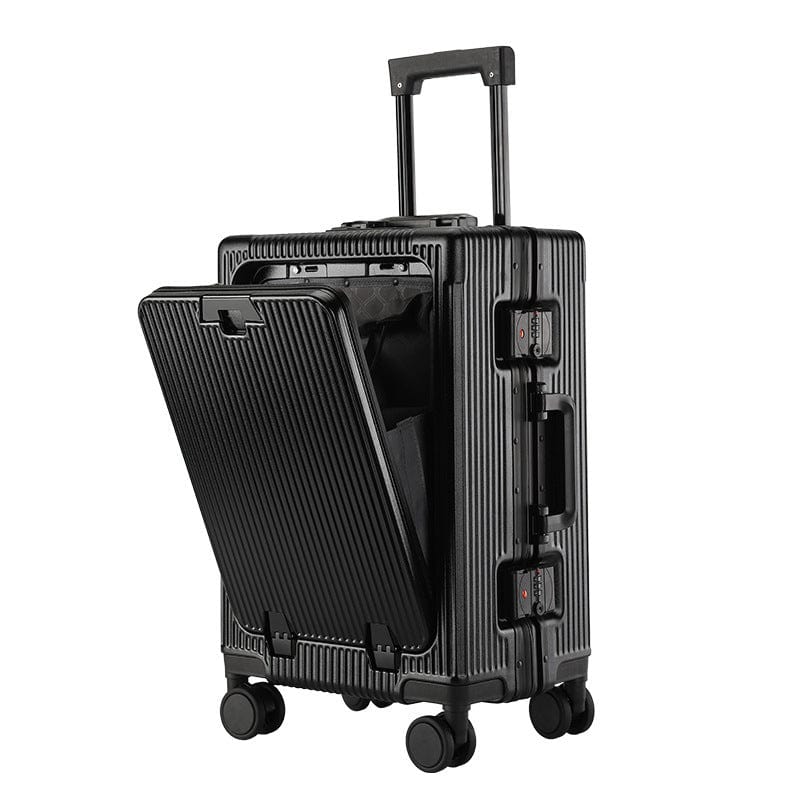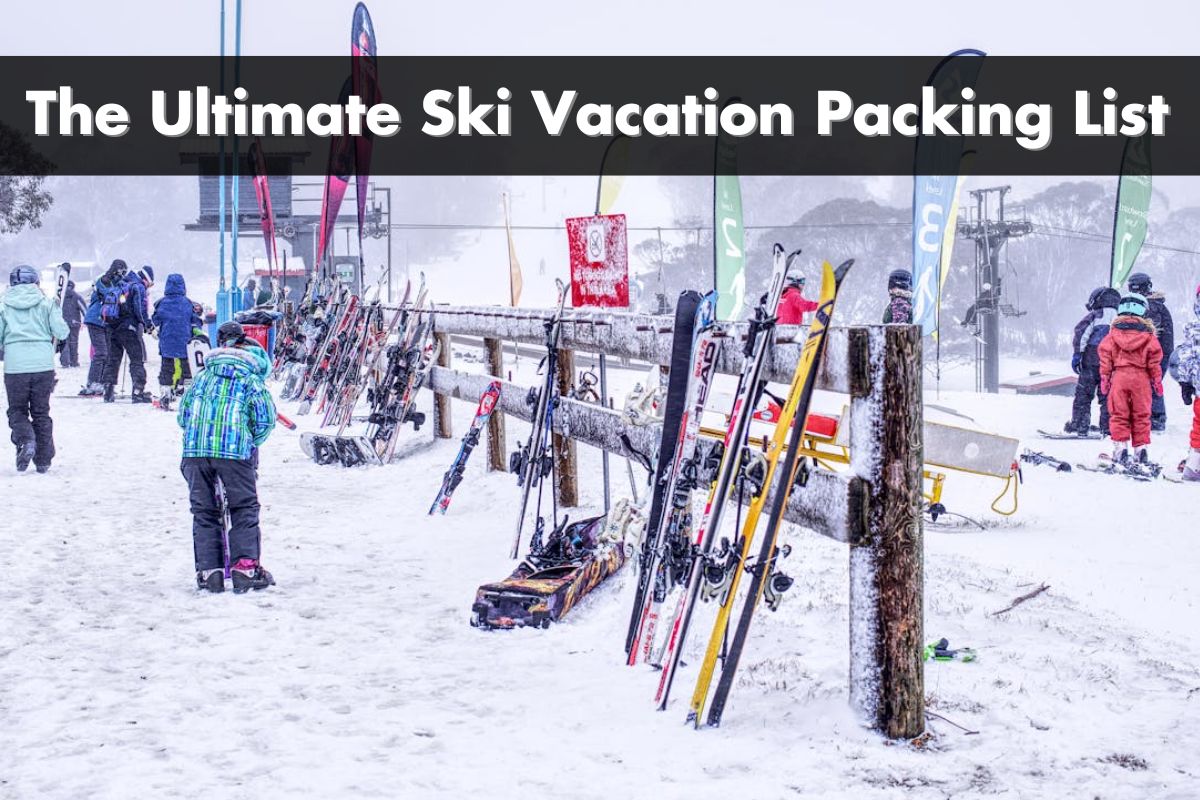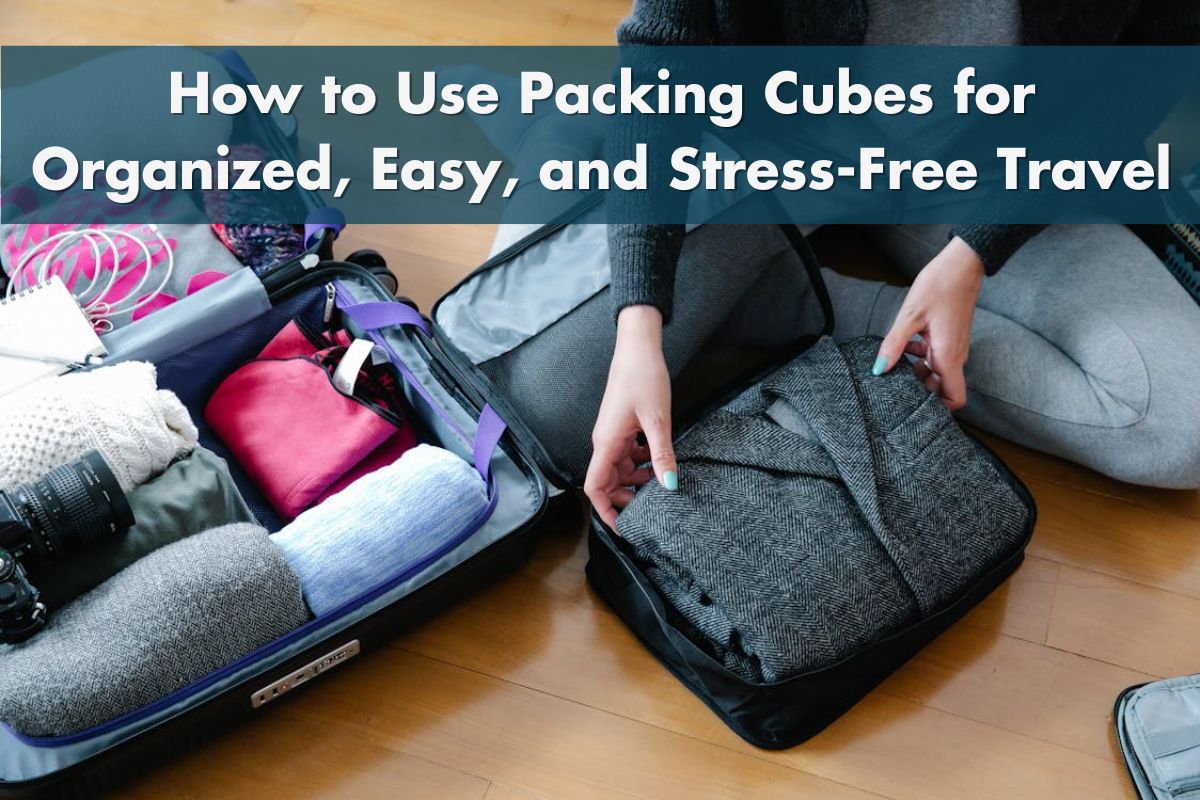Packing for a ski vacation can feel overwhelming, especially when you're juggling bulky gear, winter essentials, and everyday items. Forgetting even one crucial piece can lead to unnecessary stress or expensive replacements on the slopes. But with a well-thought-out packing list, you can ensure you're fully prepared for the snowy adventure ahead.
Ski Clothing
Choosing the right ski clothing ensures comfort, warmth, and mobility in cold weather. Prioritize layering to regulate body temperature and adapt to changing conditions.
Base Layers
Base layers provide core warmth by trapping body heat and wicking away moisture. Pack thermal tops and bottoms made from materials like merino wool or synthetic fabrics, as cotton retains moisture and chills the body. Bring at least two sets for multi-day trips.
Mid-Layers
Mid-layers add insulation and help retain heat between your base layer and outerwear. Fleece jackets, down vests, or light sweaters work well. Choose versatile pieces you can remove or add depending on current weather conditions.
Outerwear
Outerwear protects you from wind, snow, and ice while skiing. A waterproof, insulated ski jacket and pants are essential. Opt for durable, breathable materials that allow freedom of movement. Ensure the jacket has zippered pockets for carrying small items like a lift pass.
Accessories For Warmth
Accessories keep extremities protected from frostbite. Include ski gloves, a neck gaiter or balaclava, and ski socks made from moisture-wicking fabric. Liner gloves and heated socks enhance warmth in extreme cold. Always pack a hat or helmet liner for additional heat retention.
Ski Gear
Packing the right ski gear ensures both safety and performance on the slopes. Focus on selecting equipment suited to your skill level, terrain, and preferences.
Essential Equipment
- All-mountain skis with downhill bindings: Useful for varying conditions, these skis provide balance and versatility. Ensure they are properly serviced before your trip.
- Downhill ski boots: Choose boots that fit snugly without causing discomfort to maintain control and support during skiing.
- Ski poles: Select poles with the correct length, measured to match your height, to aid in balance and rhythm.
- Helmet: Protect your head against falls and collisions by wearing a certified ski helmet.
- Goggles: Shield your eyes from glare, wind, and snow with goggles offering anti-fog coatings and UV protection.
Optional Gear And Accessories
- Heated insoles: Keep your feet warm on cold days with battery-powered heated insoles.
- Small ski backpack: Carry essentials like extra layers, snacks, or an insulated water bottle in a compact, lightweight backpack.
- Beacon, shovel, and probe: If skiing in backcountry areas, prioritize avalanche safety gear and know how to use it.
- Ski and boot bags: Protect your equipment during travel with padded, durable storage bags.
- Hydration bladder: Stay hydrated on the slopes with a bladder-sized container that fits into your backpack.
Ensure each item serves a purpose and suits your planned skiing activities.
Off-Slope Clothing
Prepare for time off the slopes by packing versatile outfits suited for relaxation, exploration, and social activities. Choose comfortable, functional clothing that adapts to various non-skiing scenarios.
Casual Wear
Pack warm, casual clothing for lounging or exploring the ski town. Include sweaters, hoodies, and thermal tops for layering. Bring comfortable jeans or fleece-lined pants for cold-weather terrain. Insulated winter boots with good traction help navigate icy streets. Add a waterproof jacket for light outdoor activities or unpredictable weather.
Après-Ski Essentials
Select cozy outfits for relaxing after skiing. Sweatpants, leggings, and fleece pullovers offer comfort at mountain lodges. Include a knit beanie, thick socks, and scarves for warmth. For social gatherings, bring smart-casual items like a warm dress or a button-down shirt paired with dark pants. If staying at accommodations with a hot tub or spa, pack swimwear and slip-on sandals.
Toiletries And Skincare
Packing toiletries and skincare products for a ski vacation ensures comfort and protection in cold, dry climates. Focus on maintaining hydration and shielding your skin from harsh conditions.
Basics For Hygiene
Include essential toiletries to maintain cleanliness during your trip. Pack a toothbrush, toothpaste, deodorant, and travel-sized shower essentials such as shampoo, conditioner, and body wash. Add items like a razor, hairbrush, and nail clippers to cover grooming needs. Carry travel-sized hand sanitizer and wet wipes for convenience. For women, ensure feminine hygiene products match your needs.
Cold Weather Skincare
Combat the drying effects of cold air and high altitudes with nourishing skincare products. Use a rich, hydrating face moisturizer with Vitamin C and E for protection against the elements. Apply mineral sunscreen with SPF daily to shield from UV exposure, even on overcast days. Bring a hydrating lip balm or an overnight lip mask to prevent chapping. Invest in a rose oil for morning hydration and top it with a soothing nighttime face mask for deeper hydration. An eye cream designed for extreme dryness keeps the delicate under-eye area nourished. Finally, body lotions or shower salves lock in moisture, ensuring your skin remains soft despite the cold.
Miscellaneous Essentials
A ski vacation demands more than just clothing and gear. Packing essential items beyond the basics ensures convenience, safety, and preparedness for any situation.
Electronics And Gadgets
Keep electronics handy for navigation and entertainment. A smartphone with a protective case enables GPS use, taking photos, and staying connected. Bring a portable power bank (10,000mAh or higher) to recharge devices during long days on the slopes. A universal travel adapter is crucial if traveling internationally. Waterproof action cameras, such as a GoPro, let you capture high-definition memories while skiing. Noise-canceling headphones are ideal for travel and relaxation at your lodging.
Travel Documents And IDs
Essential travel documents simplify logistics and avoid complications. Carry your passport if traveling internationally, and include a driver’s license or other government-issued ID. Keep printed or digital copies of travel confirmations, including airline tickets, hotel bookings, and ski pass receipts for quick access. For ski destinations requiring visas or specific permits, ensure they're secured in advance. Travel insurance documents safeguard against unexpected events and are worth including in your day bag.
Other Must-Haves
Additional items enhance comfort and provide preparedness. Pack a reusable water bottle to maintain hydration, especially at higher altitudes. Lightweight snacks, like energy bars or trail mixes, help sustain energy. Include a small medical kit with band-aids, pain relievers, and any personal medications. A microfiber towel proves useful for drying off quickly after spa visits or snow activities. Durable zippered plastic bags keep wet or soiled items separate from clean ones, maintaining organization in your luggage.
Packing Tips And Organization
Efficient organization makes packing for a ski vacation stress-free and ensures you have everything you need. Use space-saving methods and strategic packing techniques to make the most of your luggage.
Luggage Suggestions
Choose luggage that fits your travel style and ski gear requirements. For ski equipment, padded ski bags protect your gear, while duffel bags or wheeled soft-sided bags work well for clothing. Use durable, lightweight suitcases with compartments to stay organized. Pack fragile items in carry-ons or within hollow spaces in boots to prevent damage during transit.
Compression packing cubes and vacuum bags reduce the bulk of winter apparel, creating more space for essentials. Pack ski layers, such as base layers and socks, in one cube for easy access. Use smaller cubes for toiletries, après-ski outfits, or accessories to streamline unpacking on arrival.
Tips For Packing Efficiently
Maximize space by rolling clothes instead of folding them. This technique also reduces wrinkles, keeping your outfits ski-ready. Fill hollow items like snow boots with smaller electronics, socks, or toiletries to minimize wasted space. Store delicate items like goggles or thermal mugs in sturdy areas, like the center of your suitcase, to prevent damage.
Protect skis by wrapping tips and tails with clothing or using additional padding materials. Ski poles and similar items should be fastened together securely. Leave some room in your luggage for souvenirs or alpine crafts; pack strategically to ensure space for bringing back items from your trip.
Create a personalized ski trip packing checklist to check off essentials as you pack. Cross-reference your list with your luggage before departing to prevent forgetting items such as avalanche bag cylinders, which must remain empty for travel.
Conclusion
Use your ski vacation packing checklist as your guide, and don’t overlook the importance of comfort, safety, and convenience. With the right gear, clothing, and essentials in tow, you’ll be ready to hit the mountains and enjoy every moment of your snowy getaway.
Frequently Asked Questions
What should I pack for a ski trip?
Essential items include ski gear (skis, snowboard, helmet, goggles), warm layers (thermal underwear, waterproof jacket, pants), and après-ski clothing for relaxation. Don’t forget sunscreen, lip balm, toiletries, and travel documents. Consider packing accessories like ski gloves, neck gaiters, and power banks.
How do I stay warm while skiing?
Layering is key. Start with moisture-wicking base layers, add insulated mid-layers (like fleece), and finish with waterproof outerwear. Accessories like ski gloves, hats, and scarves help retain warmth.
What kind of ski gear is essential?
Key gear includes skis or a snowboard, properly fitted ski boots, ski poles, goggles, and a certified helmet. For added comfort, bring items like heated socks or insoles.
How can I organize my packing effectively?
Use compression cubes or vacuum bags to save space. Roll clothing items instead of folding them and use specific bags for ski gear. A detailed packing checklist helps ensure nothing is missed.
Do I need special skincare for a ski trip?
Yes, the cold, dry air can dry out your skin. Pack mineral sunscreen, hydrating lip balm, and rich moisturizers to combat the harsh conditions.
What should I wear for après-ski activities?
Pack cozy outfits like sweaters, leggings, and insulated boots. Consider casual but warm clothing, such as thermal tops and fleece-lined pants, for exploring or socializing.
How do I pack ski gear for a flight?
Use padded ski bags for skis, poles, and boots to protect them. Secure avalanche cylinders in compliance with airline travel rules and pack helmets carefully to avoid damage.
Are travel documents important for a ski trip?
Yes, carry your passport, ID, health/insurance cards, and travel confirmations. Double-check all documents before leaving, especially if traveling internationally.
What small items should I not forget?
Don’t forget lip balm, sunglasses, a reusable water bottle, snacks, a sewing kit, and a small first-aid kit. These items enhance comfort and safety on your trip.
Are electronics necessary for skiing?
While not essential for skiing itself, bring a smartphone with navigation apps, a waterproof action camera for videos, and a portable power bank to recharge devices.


